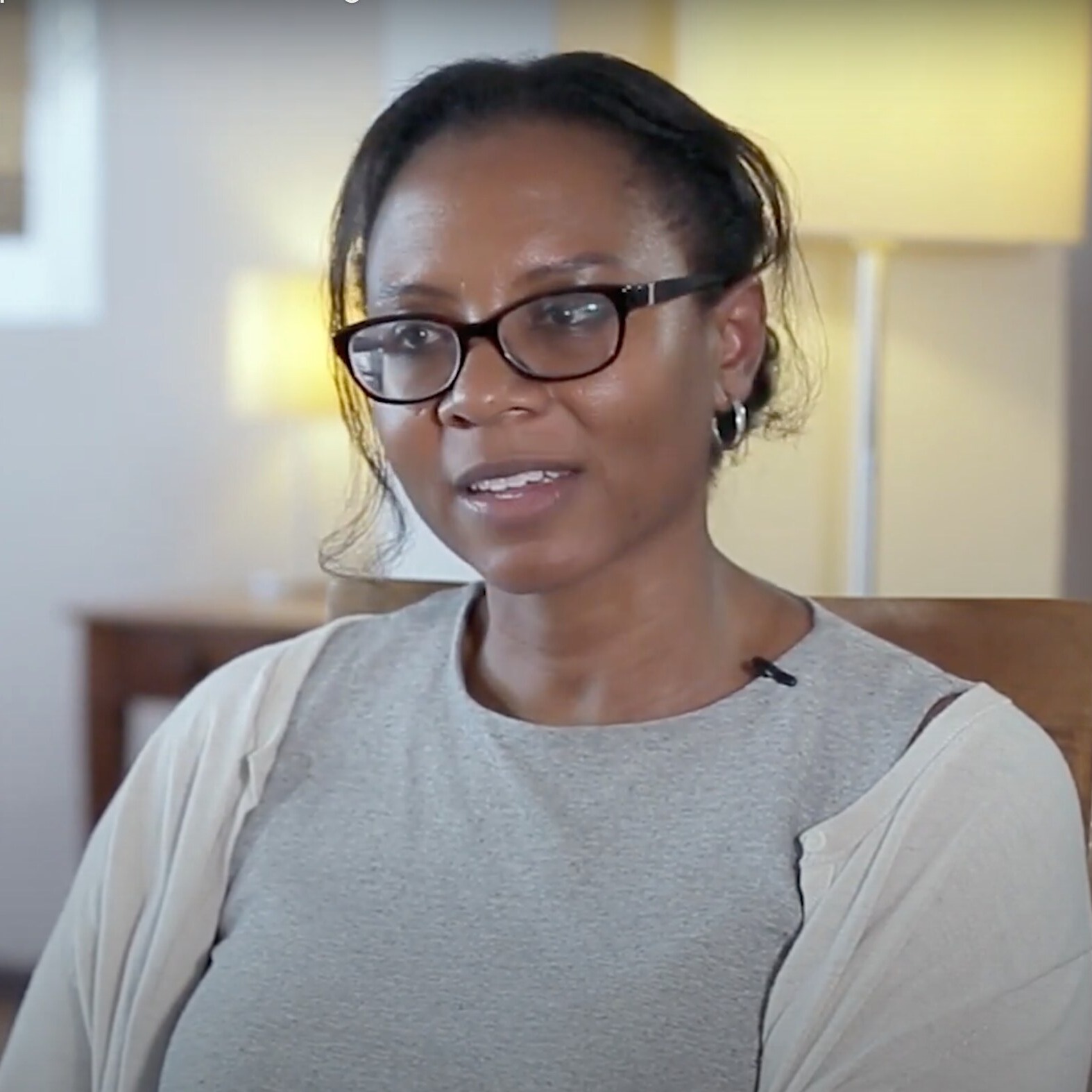Good scale v/s bad scale
Learn from real-world experiences on how to ensure good scaling — why your goals, unit economics, and growth mindset matter!
Featured speakers

Irfan Keshavjee
East Africa Acumen Fellow

Rebecca Mincy
Former Portfolio Manager, Acumen

John Waibochi
Acumen Ally

Irfan Keshavjee
East Africa Acumen Fellow

Rebecca Mincy
Former Portfolio Manager, Acumen

John Waibochi
Acumen Ally
Transcript
Irfan Keshavjee, Founder & Director, Karibu Homes
Define the goal
Think about the type of scale you want. There's a breadth of scale. And I'll talk about housing because that's what I know.
The breadth of scale is building as many of the same product as we currently have. Then there's a depth of scale. We'd like to build a $5,000 home, and that's a depth of scale.
It's a completely different thing because with the depth of scale, you're getting a much wider customer base, and your breadth of scale becomes really easy.
But how do you get there? Those are two key things to think about.
I think even before that scale, you need to think to yourself, why? What issue am I trying to address? But more importantly, what is the large-scale societal effect of my scaling? That's the most important thing about scale: who does it serve and why?
Rebecca Mincy, Former Portfolio Manager, Acumen
Know your unit economics
Making sure you've figured out your unit economics before you start to scale.
There's a thing inside that we refer to as bad scale.
And we see a lot of companies, they have bad scale. You don't necessarily know it until you scale to over a million customers. While your top line is really strong, and your revenues are really strong, you have no cash left over, your margins are increasingly thin, or you have essentially subsidized your product, you're selling it at a loss. And you don't realize it because you're focusing on product sales and top-line growth rather than your unit economics.
John Waiboch, Co-founder & CEO, Virtual City
Adopt a steady growth mindset
We found that for us, by doing distribution and resale business and opening shops and hundreds of outlets - well, not hundreds but dozens or outlets, and trying to maintain that, and at the same time, trying to build intellectual property, it just couldn't work.
To us, that was bad scale.
It achieved our top line in terms of the bank was very happy with us, but it killed all innovation. Innovation basically just died because we were so busy doing that type of business. That's what I would call bad scale.
I think for everybody, everybody has what is bad scale.
Rebecca Mincy, Former Portfolio Manager, Acumen
When we also see good scale, we see companies that have a relentless eye on making sure their product is what the customer wants.
And that usually includes product and service iteration. It usually includes lots of pilots where they're testing maybe one particular feature, one component, one loan repayment feature.
There's a lot of learning that we see as part of good scale.
Key takeaways
Define the objective of scaling and whether it’s for depth or breadth of impact
Know your margins and unit economics to avoid unsustainable growth
Stay focused on delivering great value to your customers by piloting and iterating before scaling
